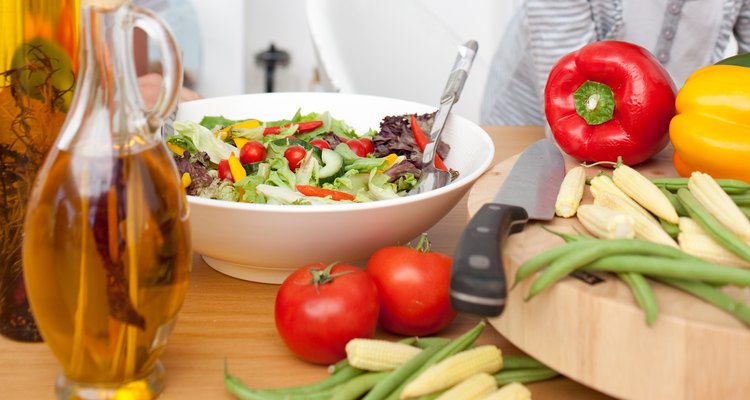
Wavebreakmedia Ltd/Wavebreak Media/Getty Images
Low-fat diets can be an effective way to lose weight. When decreasing calories and fat intake, ensure adequate protein intake to prevent muscle loss and maintain a high fiber intake to provide satiety. The 2010 Dietary Guidelines for Americans recommend that adults eat 14 grams of fiber for every 1,000 calories consumed.
Beans
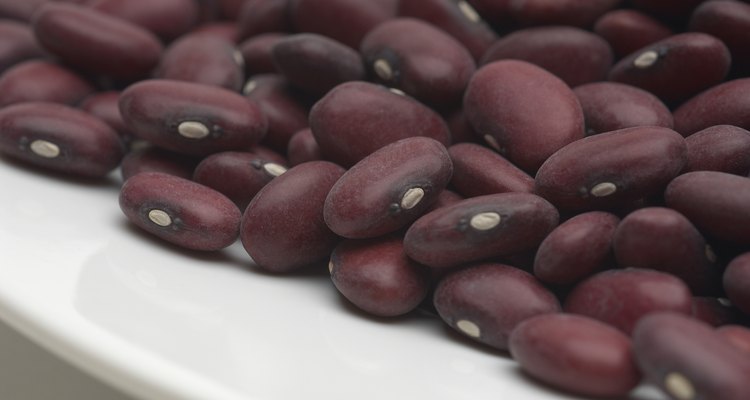
moodboard/moodboard/Getty Images
Full of B vitamins, beans are an extremely low-fat food while also a good source of complete protein. Use beans as a higher-fiber substitute for rice. Most beans are similar in nutritional content. One cup of boiled black beans contains 1 gram of fat, 15 grams of fiber and 15 grams of protein.
Lentils

Fudio/iStock/Getty Images
Similar to beans, lentils are members of the legume family and are extremely high in fiber and protein. One cup of cooked lentils contains 1 gram of fat, 16 grams of fiber and 18 grams of protein.
Quinoa

MariaShumova/iStock/Getty Images
Primarily used in South America as a vegetarian source of protein, quinoa is a healthy grain that is commercially available but not commonly used in the United States. While often overlooked, quinoa is a great source of fiber and complete protein. One cup of cooked quinoa contains 4 grams of fat, 5 grams of fiber and 8 grams of protein.
Whole-Grain Bread
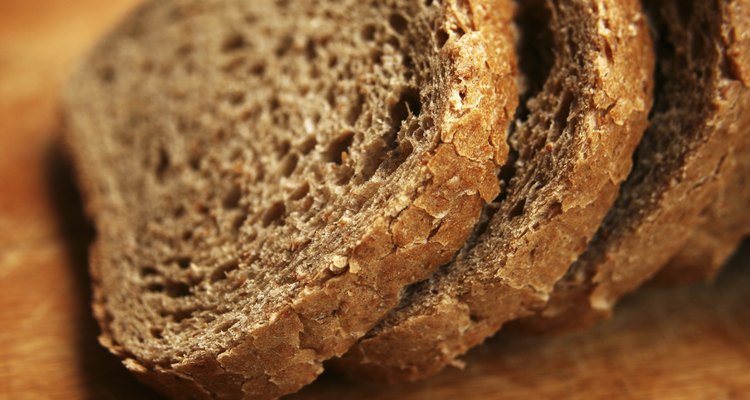
alexskopje/iStock/Getty Images
Great for sandwiches or a general snack, whole-grain breads are a great source of fiber, and they typically contain at least 5 grams of protein per slice. Some low-fat types of bread even include small amounts of healthy omega-3 fatty acids through flaxseed. Avoid white bread and “wheat” bread that doesn’t contain whole grains, as these types are not as nutritious as whole grain options.
Oatmeal

Susan Schmitz/iStock/Getty Images
Oatmeal is a valuable food because it contains both soluble and insoluble fiber. Soluble fiber helps lower cholesterol while insoluble fiber aids in digestion. In addition, oatmeal is a grain that requires water in the preparation process. The extra water helps ensure proper hydration and makes the meal more filling without adding overall calories. One cup of cooked oatmeal contains 4 grams of fat, 4 grams of fiber and 6 gams of protein. Although not as high in protein as some other sources, 6 grams of protein per serving is still sizable for a non-meat food item.
Related Articles

Nutritional Facts of Fava Beans
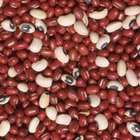
How to Convert Dried Beans to Cooked ...

How to Freeze Lentils

How to Make Chicken Noodle Soup Without ...
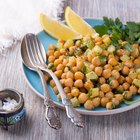
Garbanzo Beans on the Glycemic Index

How to Cook Rice Without a Rice Cooker

How to Cook Long Grain Rice

Does Rice Taste Different Depending on ...
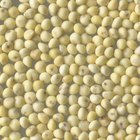
How to Cook Millet Meal

How to Cook Japanese Rice

Can You Use Oatmeal to Remove ...

How to Rehydrate Chickpeas

How to Make Sweet Brown Rice

Couch to 5K Diet
Best Crock-Pot Pinto Beans Recipe

How Long After a Sell-By Date Can You ...

How to Store Dry Beans & Rice for ...

How to Make an Oatmeal Skin Cream
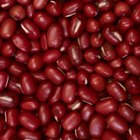
How to Soak Adzuki Beans

How to Boil Rice
References
Writer Bio
Born an Army brat, Erik Odom has been personal training clients for four years. Odom is certified through the American College of Sports Medicine (ACSM). He also holds a Bachelor of Science in human nutrition, foods and exercise from Virginia Tech.
Photo Credits
Wavebreakmedia Ltd/Wavebreak Media/Getty Images